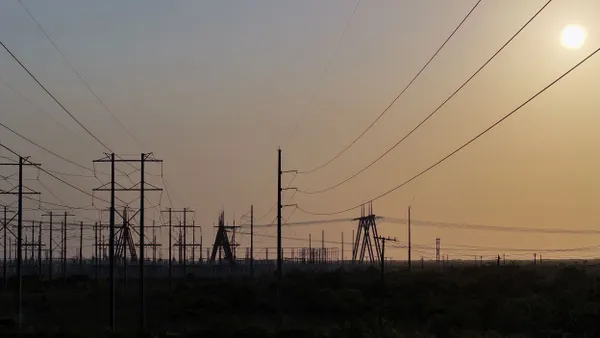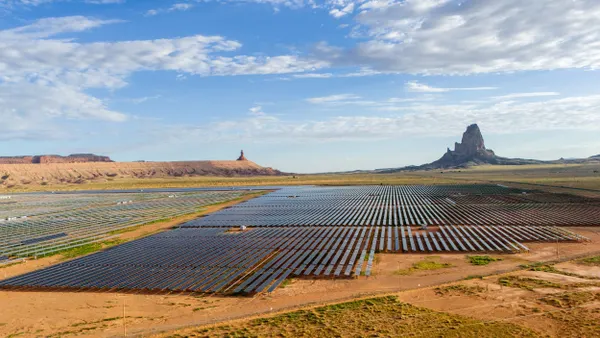Dive Brief:
- Thirteen or more offshore wind builders will bid for the opportunity to develop 343,833 acres of ocean tracts off the Atlantic City, New Jersey, coast in a November 9 auction by the Department of Interior (DOI) Bureau of Ocean Energy Management (BOEM).
- Full development of the relatively shallow water tracts that begin about seven miles off the shoreline could create as much as 3,400 MW of nameplate offshore wind capacity, enough to power 1.2 million homes, according to BOEM estimates.
- Developers say the offshore New Jersey tracts have particularly appealing characteristics, including ready access to onshore transmission, strong, steady wind speeds, and an optimal distance from shore.
Dive Insight:
Financing a New Jersey project is expected to be the biggest of the developers' challenges because there are no offshore wind farms currently operational in the U.S. In July, Deepwater Wind passed a landmark by building five foundations for its 30 MW Block Island Wind Project, the first steel in the water for the first commercial-scale U.S. offshore wind installation.
That project, off the coast of Rhode Island's Block Island, will have five 6 MW turbines. Its output is contracted for by National Grid. It is expected to be online by the end of 2016.
The winning bidder for the 25-year lease in the New Jersey auction will have one year to do a site assessment and submit a development plan and four and a half years to create a construction plan and complete the build. The site is especially appealing to developers because it it located far enough from the shore to minimize resident objections to the sight of turbines, but not far enough to create serious logistical issues.
At the end of 2014, there was about 7 GW of offshore wind installed globally, according to "Offshore Wind Market and Economic Analysis," a report from the Department of Energy and Navigant Research. Most of that capacity is in Europe, where another 6.6 GW was in construction and development.
The Obama administration, Climate Central notes, has a goal to develop 20,000 MW of new renewable power on federal lands and waters by 2020 and has opened up leasing tracts off the coast of a number of states, including Maryland, Delaware, Massachusetts and Virginia.













